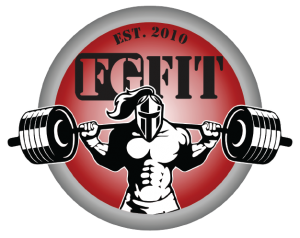
- Concentric- Contraction- The muscle shortens against resistance
- Eccentric – Contraction – The muscle lengthens as the resistance lessens
How does Strength Training prevent injury?
Concentric- Contraction- The muscle shortens against resistance
Eccentric – Contraction – The muscle lengthens as the resistance lessens
How does Strength Training prevent injury?
Strength training in athletics is common practice today. The benefits are obvious and the immediate crossover of those benefits to the playing field makes it ideal for off-season conditioning. Injury prevention however, is one benefit that is often overlooked. Strength training is a very effective tool for injury prevention for a variety of reasons.
Strength training improves the strength of the muscles, tendons, and even the ligaments and bones. The stronger muscles and tendons help hold the body in proper alignment and protect the bones and joints when moving or under impact. The bones become stronger due to the overload placed on them during training and the ligaments become more flexible and better at absorbing the shock applied to them during dynamic movements.
When an area of the body is used less during an activity it may become weak compared to other areas. This can become a problem when that area (whether a muscle, ligament, joint, or specific bone) is called into play suddenly during an activity. That area cannot handle the sudden stress placed on it and an injury occurs. Strength training, using a balanced program, will eliminate these weak areas and balance the body for the activities it is called to do.
Muscle imbalances are one of the most common causes of injuries in athletics. When one muscle, or muscle group, becomes stronger than its opposing group, the weaker muscles become fatigued quicker and more susceptible to injury. A forceful contraction, near maximal output from the stronger muscle can also cause damage to the weaker opposing muscle due to the inability to counter the force.
Muscle imbalances also affect the joints and bones due to an abnormal pull causing the joint to move in an unnatural pattern. The stronger muscles will cause the joint to pull in that direction causing a stretching of the opposing ligaments and a tightening of the supporting ones. These can lead to chronic pain and an unnatural wearing of the bones. A balanced strength training program will help to counter these effects by strengthening the weaker muscles to balance them with their counterparts.
Send us a message to get started! Click Here!








